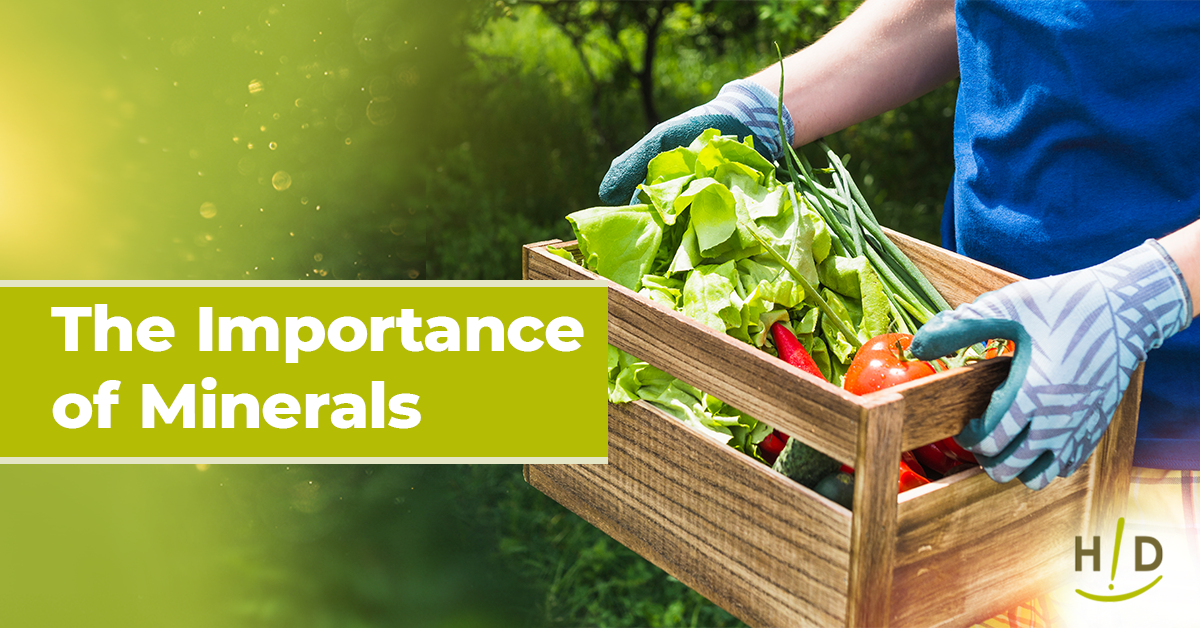When it is cold and flu season, many of us dread the moment when the tell-tale tickling symptoms of illness begin. The common cold and the flu are often caused by the rhinovirus, coronavirus, respiratory syncytial virus, parainfluenza virus, and influenza viruses. As vegans or raw foodists, we can often fall prey to these viruses. When we aren't getting the proper vitamin or nutrients in our diet, these deficiencies can sometimes trigger a significant decrease in our immune system's function, allowing the invasion of one of these viruses into our bodies. If our immune systems aren't functioning as well as possible, this could lead to more severe symptoms or the cold and flu lingering longer.
However, the good news is that there are a few plants out there that can help bolster our bodies, potentially helping to prevent or even treat the common cold or flu. It's essential that while you are feeding your body these healthful foods while sick, you keep an eye on your symptoms. Should you begin to have trouble breathing, a very high fever, or a sudden onset of worsening symptoms, it's vital to call and see your doctor immediately.
Fluids First and Foremost
Drinking more fluids when you feel a cold or flu coming on or if you're feeling sick is integral to recovery. When you are ill, your body needs more hydration than usual, especially if you have a fever; it's important to keep extra hydrated with fresh, filtered water or electrolyte-rich drinks. What are electrolytes? Briefly, electrolytes are charged minerals found in the water inside our bodies. Electrolytes play a vital role for nerves to fire, muscles to contract, building bone, making blood clots, and even regulating your heartbeat. In addition to doing all of that, they regulate how much fluid you have in your body and how acidic it is. When you are ill with the common cold or flu, fever typically occurs as your body is fighting infection—and your body's natural way to try and cool you down during a fever is to sweat. What are a few of the types of electrolytes we need?- Calcium
- Potassium
- Sodium
- Chloride
- Magnesium
- Bicarbonate
- Phosphorus
- DIY Electrolyte Drink
- 1 and ½ to 2 cups filtered water
- Juice of ½ organic, pesticide-free, certified non-GMO lemon or another citrus
- 1/8th to 1/4th teaspoon of natural sea salt, Himalayan salt, or Celtic Sea salt
- 2 teaspoons of USDA certified organic, gluten-free, non-GMO raw honey
Vitamins and Minerals
While it's true, we tend to carefully watch our health once we fall ill, maintaining a healthy immune system should be a priority all year round. You can quickly start by ensuring your raw food diet contains plants rich in the vitamins and minerals below.Vitamin A
Vitamin A is the generic term for fat-soluble compounds found in animal products, preformed vitamin A (retinol), and provitamin A carotenoids in fruit and vegetables. There are three main types of vitamin A in our bodies. Retinol, retinal, and retinoic acid. Vitamin A can assist in maintaining our skin and the mucosal cells lining our airways, digestive tract, and urinary tract. The mucosal cells function as a barrier and form the body's first defense against infection. A professor of Immunology, Microbiology, and from the Center of the Genetics of Host Defense at UT Southwestern, Dr. Hooper has stated that vitamin A is crucial for the adaptive immune system. The adaptive immune system is a subset of the broader immune system that reacts to specific pathogens based on immunological memory, the type formed by exposure to a virus, disease, or vaccines. (1) Immunological memory is the ability of our immune systems to respond more rapidly and effectively to pathogens that have been encountered previously. The immune system remembers the antigens previously launched to fight an infection successfully and does so when encountering it a second time. In short, the function of vitamin A helps maintain that mucosal lining and strengthens our adaptive immune system to help fight against invasive viruses and bacteria.Vitamin A Food and supplement source examples:
- Orange-colored fruits or vegetables like sweet potato, winter squash, carrots, apricots, tangerines, and nectarines
- Dark leafy greens
- Bell peppers
- Cod Liver Oil
Vitamin B6
Vitamin B6 supports a wide range of biochemical reactions that help our bodies fight infection. (2)Excellent food sources for vitamin B6:
- Prunes, bananas, durians, avocados, dates, and pineapples
- Pasilla peppers, ancho peppers, sweet red peppers, shallots, parsley, garlic, leeks, carrots, hearts of palm, and shiitake mushrooms
Other Vitamins and Food sources important to Fighting Flu Season
- Vitamin C. This vitamin has a wide range of impacts on the immune system, including T-lymphocytes, which recruit and coordinate the body's disease-fighting- cells and phagocytes, which engulf and destroy foreign invaders—you'll want to include a few of these following foods. Citrus fruits, organic strawberries, papaya, spinach, kale, bell peppers, Brussels sprouts, and broccoli are high in vitamin C.
- Vitamin D regulates our innate and adaptive immune systems to identify and destroy pathogens. Examples of fantastic vitamin D food sources are mushrooms, cod liver oil, fortified plant-based milk, fortified orange juice, and getting some daily sunshine.







